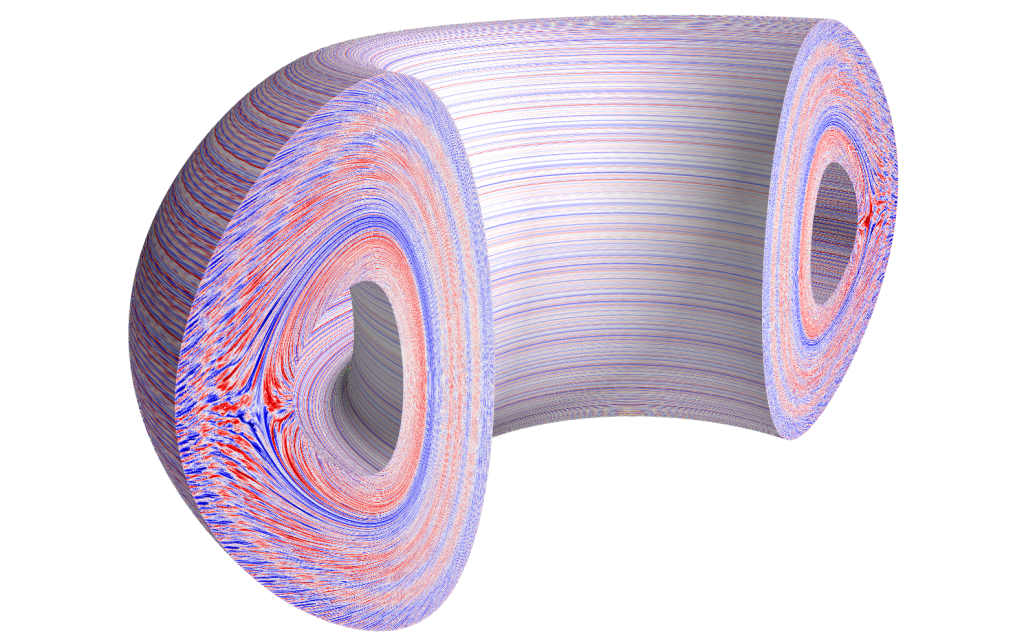2024-06-24 カリフォルニア工科大学(Caltech)

A quarry illustrating bands of stratified limestone from the ancient seafloor in what is now Mercato San Severino in Italy.
Credit: Courtesy of F. Tissot
<関連情報>
- https://www.caltech.edu/about/news/sediments-reveal-the-ancient-ocean-during-a-mass-extinction-event
- https://www.pnas.org/doi/10.1073/pnas.2406032121
炭酸塩ウラン同位体は、トアルキア紀の海洋無酸素現象における海洋無酸素の世界的な拡大を記録している Carbonate uranium isotopes record global expansion of marine anoxia during the Toarcian Oceanic Anoxic Event
Mariano N. Remírez, Geoffrey J. Gilleaudeau, Tian Gan, +3, and Mariano Parente
Proceedings of the National Academy of Sciences Published:June 24, 2024
DOI:https://doi.org/10.1073/pnas.2406032121
Significance
A significant negative δ238U excursion (~0.4‰) starting just prior to the onset of the negative carbon isotope excursion within the Toarcian Oceanic Anoxic Event (T-OAE) has been recorded, followed by a long-lived recovery of δ238U values. This excursion represents a global expansion of marine anoxia of ~6 to 8% of the global seafloor during the peak of the T-OAE, which represents 28 to 38 times the extent of anoxia in the modern ocean. When compared with estimates of seafloor anoxic area for other CO2-driven global anoxic events, the T-OAE was the second-largest anoxic event of at least the last 300 My. As such, the T-OAE represents a powerful analog for future anthropogenic ocean deoxygenation.
Abstract
The Toarcian Oceanic Anoxic Event (T-OAE; ~183 Mya) was a globally significant carbon-cycle perturbation linked to widespread deposition of organic-rich sediments, massive volcanic CO2 release, marine faunal extinction, sea-level rise, a crisis in carbonate production related to ocean acidification, and elevated seawater temperatures. Despite recognition of the T-OAE as a potential analog for future ocean deoxygenation, current knowledge on the severity of global ocean anoxia is limited largely to studies of the trace element and isotopic composition of black shales, which are commonly affected by local processes. Here, we present the first carbonate-based uranium isotope (δ238U) record of the T-OAE from open marine platform limestones of the southeastern Tethys Ocean as a proxy for global seawater redox conditions. A significant negative δ238U excursion (~0.4‰) is recorded just prior to the onset of the negative carbon isotope excursion comprised within the T-OAE, followed by a long-lived recovery of δ238U values, thus confirming that the T-OAE represents a global expansion of marine anoxia. Using a Bayesian inverse isotopic mass balance model, we estimate that anoxic waters covered ~6 to 8% of the global seafloor during the peak of the T-OAE, which represents 28 to 38 times the extent of anoxia in the modern ocean. These data, combined with δ238U-based estimates of seafloor anoxic area for other CO2-driven Phanerozoic OAEs, suggest a common response of ocean anoxia to carbon release, thus improving prediction of future anthropogenically induced ocean deoxygenation.



